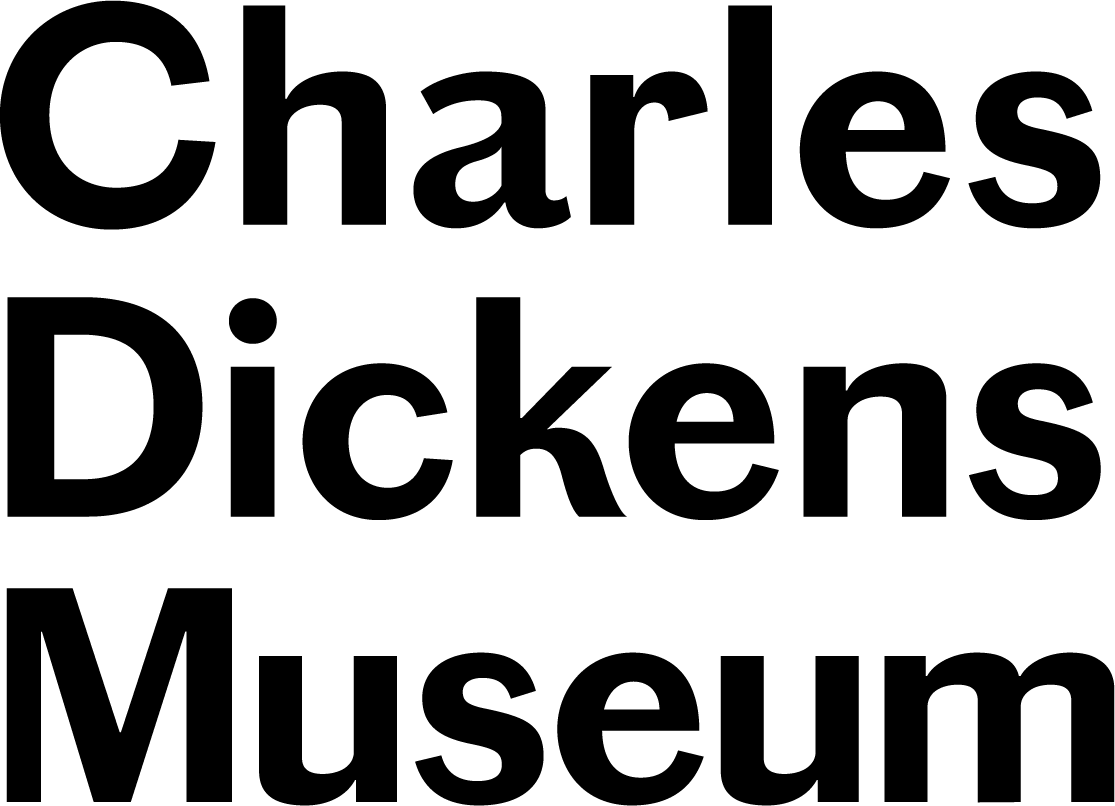About Us

Charles Dickens was an author. He wrote fifteen novels between 1836 and 1870, including some of the most famous works in the English language, such as Oliver Twist and the novella A Christmas Carol. The latter was credited with popularising Christmas as a holiday in Britain and America, as well as promoting some of the Christmas customs still enjoyed today, such as eating turkey and giving gifts.
He was also a strong advocate for the poor and working class families of Britain, often reporting on such issues within his journalism. He was horrified by the slum conditions and the imbalance of power between the wealthy and the poor. Many of his books depicted impoverished characters triumphing against the odds, and Dickens deliberately sought to challenge the Victorian idea that poverty was caused by moral failings.
Dickens died in 1870 yet his work continues to influence us. Characters and phrases first penned by Dickens, such as Scrooge, Que Sera, Sera and Bah Humbug, remain in common use. His vivid depictions of life in the workhouse, or on the streets of London have shaped our imaginings of the Victorian Era.
The museum is situated at 48 Doughty Street, Dickens’s London home from 1837-1839. He moved there with his wife Catherine and their eldest son Charlie. While living in Doughty Street, Dickens finished writing The Pickwick Papers, wrote Nicholas Nickleby and most famously of all, Oliver Twist. These early publications made Dickens an international celebrity, even Queen Victoria was a fan!
After the Dickenses left Doughty Street, the property was largely used as a boarding house until the Dickens Fellowship purchased it as their headquarters in 1923. The house opened to the public in 1925 and houses a significant collection linked to Dickens and his works.
Today the Charles Dickens Museum is set up as though Dickens himself had just left. It appears as a fairly typical middle-class Victorian home, complete with furnishings, portraits and decorations which are known to have belonged to Dickens. A visit to the museum allows you to step back into 1837 and to see a world which is at once both intimately familiar, yet astonishingly different. A world in which one of the greatest writers in the English language, found his inspiration.
Book your Visit to the Charles Dickens Museum today!
Discover more about Charles Dickens & the Museum!
Find out what Events we have planned!
Interested in making a Donation?

